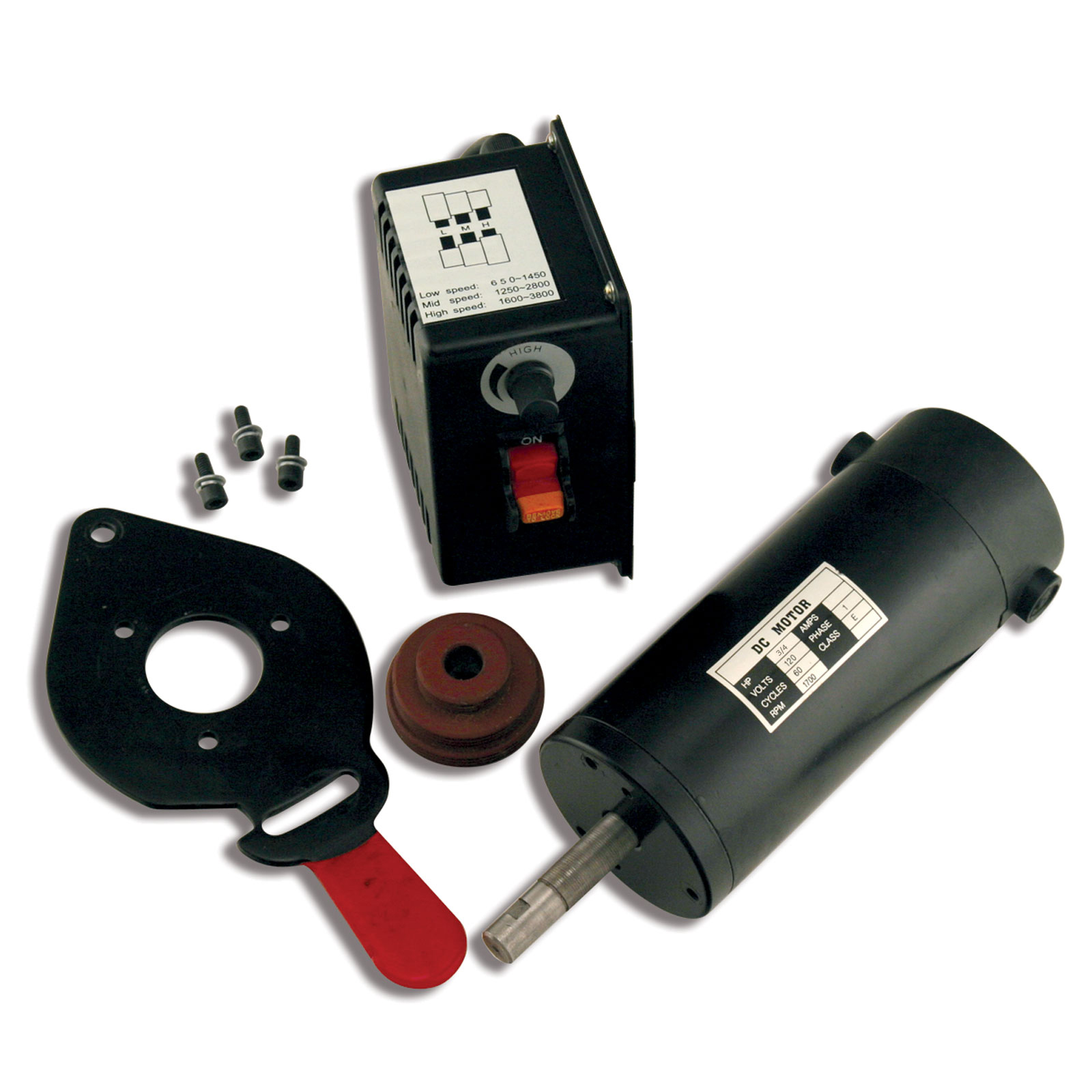Hi all, I'm new to the forum so apologies in advanced if this has been covered at length elsewhere.
I just started penturning and in the interest of cost opted for the Excelsior Mini Lathe. Well after turning my first pen yesterday, I now see why variable speed is the way to go. Nevertheless, I'm stuck with the Excelsior for the time being.
Nevertheless, I'm stuck with the Excelsior for the time being.
So my question to you all is this - is there a way to turn pens that requires no (or minimal) speed changes and still produces an excellent result? This should take into account drilling (which I'm doing on the lathe), turning, sanding, finishing, etc.
Thanks for your help!
I just started penturning and in the interest of cost opted for the Excelsior Mini Lathe. Well after turning my first pen yesterday, I now see why variable speed is the way to go.
So my question to you all is this - is there a way to turn pens that requires no (or minimal) speed changes and still produces an excellent result? This should take into account drilling (which I'm doing on the lathe), turning, sanding, finishing, etc.
Thanks for your help!

